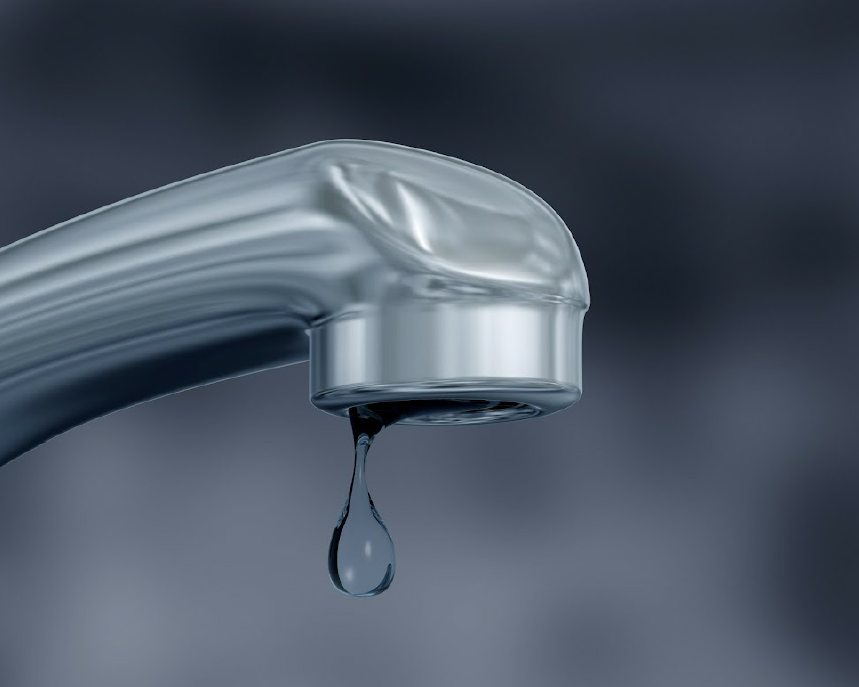6 Ways to Discover Concealed Water Leaks in Your Home
6 Ways to Discover Concealed Water Leaks in Your Home
Blog Article
The article which follows about Finding hidden leaks is quite informative. You should keep reading.

Early detection of dripping water lines can reduce a prospective calamity. Some little water leakages might not be noticeable.
1. Check Out the Water Meter
Every house has a water meter. Checking it is a guaranteed manner in which aids you uncover leakages. For beginners, shut off all the water sources. Guarantee nobody will flush, use the tap, shower, run the washing equipment or dish washer. From there, go to the meter and watch if it will certainly alter. Since no person is using it, there need to be no motions. If it moves, that shows a fast-moving leak. If you identify no modifications, wait an hour or 2 as well as examine back once again. This suggests you may have a slow leak that could also be underground.
2. Check Water Intake
If you detect unexpected changes, despite your consumption being the very same, it means that you have leakages in your plumbing system. An abrupt spike in your bill indicates a fast-moving leak.
At the same time, a stable boost on a monthly basis, even with the same practices, shows you have a sluggish leakage that's additionally gradually intensifying. Call a plumber to completely examine your residential property, specifically if you really feel a cozy location on your floor with piping beneath.
3. Do a Food Coloring Test
When it comes to water consumption, 30% comes from commodes. If the shade somehow infiltrates your bowl throughout that time without flushing, there's a leakage between the tank and also dish.
4. Asses Exterior Lines
Don't forget to check your exterior water lines also. Examination spigots by attaching a garden tube. Should water seep out of the link, you have a loose rubber gasket. Replace this and also make sure all connections are limited. If you have actually obtained a lawn sprinkler, it will aid get it skillfully took a look at and kept yearly. One little leak can waste lots of water and increase your water expense.
5. Assess the circumstance and also examine
Homeowners must make it a behavior to inspect under the sink counters and also even inside closets for any type of bad odor or mold growth. These two warnings suggest a leak so timely focus is required. Doing routine examinations, even bi-annually, can save you from a significant trouble.
Check for discolorations and deteriorating as the majority of pipelines and appliances have a life expectations. If you believe leaking water lines in your plumbing system, don't wait for it to escalate.
Early detection of dripping water lines can mitigate a potential calamity. Some little water leakages might not be visible. Checking it is a guaranteed way that assists you discover leaks. One little leakage can waste tons of water and also spike your water costs.
If you think leaking water lines in your plumbing system, do not wait for it to intensify.
WARNING SIGNS OF WATER LEAKAGE BEHIND THE WALL
PERSISTENT MUSTY ODORS
As water slowly drips from a leaky pipe inside the wall, flooring and sheetrock stay damp and develop an odor similar to wet cardboard. It generates a musty smell that can help you find hidden leaks.
MOLD IN UNUSUAL AREAS
Mold usually grows in wet areas like kitchens, baths and laundry rooms. If you spot the stuff on walls or baseboards in other rooms of the house, it’s a good indicator of undetected water leaks.
STAINS THAT GROW
When mold thrives around a leaky pipe, it sometimes takes hold on the inside surface of the affected wall. A growing stain on otherwise clean sheetrock is often your sign of a hidden plumbing problem.
PEELING OR BUBBLING WALLPAPER / PAINT
This clue is easy to miss in rooms that don’t get much use. When you see wallpaper separating along seams or paint bubbling or flaking off the wall, blame sheetrock that stays wet because of an undetected leak.
BUCKLED CEILINGS AND STAINED FLOORS
If ceilings or floors in bathrooms, kitchens or laundry areas develop structural problems, don’t rule out constant damp inside the walls. Wet sheetrock can affect adjacent framing, flooring and ceilings.
https://www.servicemasterbyzaba.com/blog/how-to-detect-water-leakage-in-walls/

I ran across that piece of writing on Finding hidden leaks while doing a lookup on the web. Liked our blog entry? Please share it. Help someone else find it. I recognize the value of reading our article about Finding hidden leaks.
Report this page